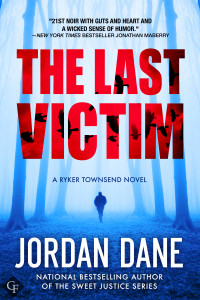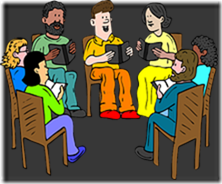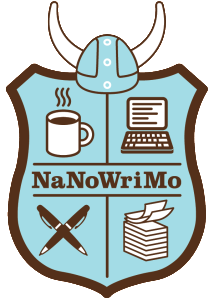Photo (c) Columbusunderground.com
There is a nationwide chain of stores named “Rocket Fizz.” We have had one in the Columbus area for a little over a year. It’s not on the Weight Watchers approved list, for sure, which means that it is a fun place. I have watched people walking by the place who seem to hit an invisible shield when they see the front window, which promises a party inside. They come in, too. The store layout gives you an excellent idea of what Rocket Fizz is all about from that first glimpse inside. The front has candy that I haven’t seen in a half-century or so, items like Bonomo’s Turkish Taffy, Sugar Babies, Teaberry Gum, and Bit O’ Honey. The periphery displays all freaking sorts of bottled soda (Judge Wapner has his own root beer. Who knew?), taffy (about fifty or so different flavors), posters, tintypes, toys (I almost — almost — laid down thirty bucks for a set of Teenage Mutant Ninja Turtles beanie babies), and novelty pranks that will remind you of what you do in your office when no one is around (you’ll know it when you see it). There are tables piled with merchandise but none higher than five feet or so, the result being that even someone of my very normal height can see the entire expanse of the establishment from the front door. The back of the store displays all sorts of imported items like Japanese Oreos (those folks know how to do Oreos) and English toffees and chocolates of all types and configurations.Wonders beckon.
I take my granddaughter, the eight-year old antichrist, to Rocket Fizz on occasion. While she is respectfully prowling the place, looking for new opportunities for me to spoil her, I like to stand in the corner of the store furthest from the entrance and watch people as they come in. The face of each and every person lights up as they break the plain of the front door. This is true even of grumpy old me, and it’s true every time I visit there. It’s pure entertainment. A youngster sees unfamiliar types of candy that looks like fun; those of us whose boots first hit the ground in the middle of the last century remember going to the drugstore and paying a quarter for a box of Fizzies (yes, they have those too, and no, they aren’t a quarter anymore). You hear lots of “Oh wow!’s and oohing and ahhing from people of all ages as they walk through. I have never seen anyone step inside of Rocket Fizz and turn around and walk out. No. They walk in, going deeper and deeper. They spend time and yes, they spend money.
Someone did a lot of work figuring out what would work for Rocket Fizz, and it shows. There are fifty odd Rocket Fizz stores scattered across the country and that number will double in a year or so.. I don’t know if the people who came up with the concept of Rocket Fizz sample their own wares or not, but they want their customers to be happy and have fun and hopefully spend money. And we, as authors, can learn from that. I sometimes forget who I am writing for and have to remind myself that if I am writing for me then a diary would serve the same purpose. If I am writing for someone else — or a whole bunch of someone else’s, hopefully — I need to make my book attractive to my audience, not just to me. “I couldn’t get him to stop screaming” is a stack of twelve ounce cans of cola by the front door; “He kept screaming. He didn’t stop, even when I caved his head in” is a twelve ounce glass bottle of Mighty Mouse Blue Cream Soda, made with real cane sugar. It attracts attention, and makes the reader wonder who, why, and next. As far as that next thing goes…you don’t want displays of generic animal crackers. You want gold foil chocolate coins or candy flavored cigarettes (OH, THE HUMANITY!) or Star Wars JellyBellys. This is where you start introducing characters, which you can base upon everyone from the uncle no one ever wanted to sit by to the really, really strange woman who works in the produce department of your local supermarket who won’t meet your eye and just points to what you want. As for your ending…you want exotic. Endings are dessert, at the back of the store. A creme sandwich cookie is okay, but what does a small box of double-fudge covered Oreos with Asian lettering all over it say to you? It says that it’s something familiar, but different. It’s at the back of the store, and is more interesting than anything that came before it. That’s what you want to shoot for. Even if, like me, you miss more often than not. You can’t hit something if you don’t fire.
Have you read anything recently that puts you in the mind of Rocket Fizz, as described? I have a couple of examples, one being THE HOT COUNTRIES by Timothy Hallinan, the latest and best in his Bangkok-based Poke Rafferty series. The other is THE GOLEM OF PARIS by Jonathan Kellerman and Jesse Kellerman, the genre-bending sequel to last year’s THE GOLEM OF HOLLYWOOD. It has it all, from exotic locales to explosions, romance, history and religion. And if you haven’t read anything recently that fits the bill…do you have a Rocket Fizz in your city? Have you been there? What did you buy?








